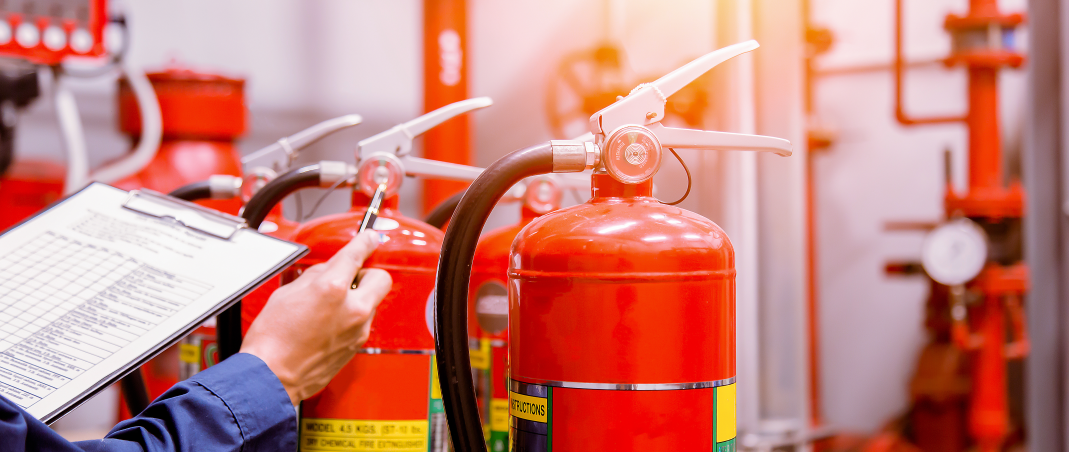Will Brexit and inflation dampen business value growth in the Fire Protection market?

Surging demand and increased building regulation scrutiny have led to soaring profits and business valuations across the fire protection market.
The latest research shows the global market for fire protection will surpass US$78 billion in 2022 and is set to be worth US$138 billion within the next decade. Plimsoll’s latest analysis of the market shows UK fire protection companies are equally enjoying the boom.
Demand for fire protection in both commercial and residential new buildings is driving much of the growth in the UK. However, there are concerns in the market that a triumvirate of issues could impact margins and drive business values down in the coming years.
Recent research by industry bodies showed that the biggest issue facing the market is uncertainty around compliance with CE and the new UKCA. Despite a much-lauded “bonfire of red tape” by its proponents, Brexit has brought new and multi-faceted regulatory demands to the market where they didn’t exist previously. All will incur additional costs that are putting pressure on margins.
Second, on the list of major concerns is one familiar to many industries; hiring qualified staff. Post-Brexit, the pool of qualified technical staff, particularly for installations, has shrunk drastically. Fire protection companies are having to generate more from their remaining staff. With wage demands soaring in the face of inflation forecast to peak at 18% and employees facing a glut of vacancies, that is going to be a serious drag on growth and margins.
Finally, inflation and the cost-of-living crisis are likely to put pressure on other operational functions in the fire protection sector. Wage demands, energy, fuel, fleet costs, equipment and other operational costs are all soaring. Can costs be passed on sufficiently to clients also facing the same crises?
So, how are all of these challenges affecting the overall values of fire protection companies? Based on the latest financial data of thousands of leading firms, values grew around 5% in the latest year after a 1% fall during the COVID crisis. This compares to a UK-wide average increase of 2% growth.

The top-level average masks some serious fragmentation in business value by the size of company. In total, over a quarter of the UK’s leading fire protection firms saw their value fall in the latest year despite strong average growth. Only 132 firms have seen their value rise in each of the previous three years.
Within the industry, there is a growing divide in valuation performance based on size. The 10 largest fire protection firms have seen values grow by 5%. In contrast, the next tier of companies, large but not the industry titans, have seen an amazing 21% growth in value. Micro-companies with sales of less than £1m have seen values fall 12%.

According to the latest Plimsoll Analysis, average company values across the fire protection sector have risen in the latest year by around 5%. That’s a sharp recovery from the 1% falls we saw in the previous, pandemic-ravaged year and beats the all-industry, UK average of just 2%.
The final area worth mentioning is the large contrast in fortunes depending on services offered across the protection sector. Fire sprinkler system companies saw the largest average value growth with a 12% rise. However, in the same period companies offering passive fire protection products have seen a 3% decline in average values.

It is clear that the fire protection sector is under increasing pressure due to rapidly changing regulatory frameworks, inflation and the great hiring crisis. To help our readers make sense of some of the impacts we are offering a free insight report looking at business value trends across the fire protection market.
For a free copy of the latest Insights Report, please click on here or email me at c.evans@plimsoll.co.uk and I will get that processed for you immediately.


